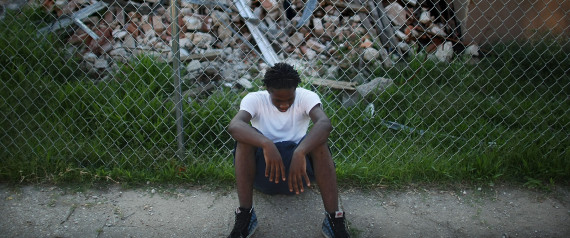
I still remember the shock when Kanye West blurted “George Bush don’t like Black people” during the nationwide Red Cross fundraiser. Even more, images of Black people stranded, swimming, struggling on roofs are still branded onto my memory. I remember how our people were packed into the Superdome and labelled refugees. Churches and organizations as far away as Detroit opened up their doors for survivors.
Later, I heard stories of Black survivors being turned away from majority white Gulf towns. I learned later about previous flooding incidents, that many folks to this day think were intentional. Years later I found out how the Katrina super storm was influenced by human impact on weather patterns — “global warming” is not just higher temperatures but erratic extremes in a variety of climate conditions. Furthermore, unsustainable development along the gulf stripped away the natural buffer zones and made the storm’s damage much worse than it had to be.
Hurricane Katrina was the “perfect storm” for climate injustice: extreme weather patterns made worse by development and pollution. Climate injustice affects folks disproportionately based on socio-economic status and value within society. For Black folk in the United States, that usually means we face the blunt end. For working class and poor folks that don’t have the money to pay their way to safety, it’s the rough side of the blunt end.
Climate injustice is more than one-time events and calamities. The same development pressures that add greenhouse gases to our environment which cause chaotic weather patterns have stripped away protective wetlands and naturally occurring barriers. These economic trends and political rationales place polluting, dirty facilities too often in our neighborhoods.
“Environmental racism” is the term describing the fact that communities of color are disproportionately chosen as sites for toxic facilities — even considering income. This aggravates health conditions in our communities from allergies and asthma to cardiovascular disease and cancer.
For more, go here.